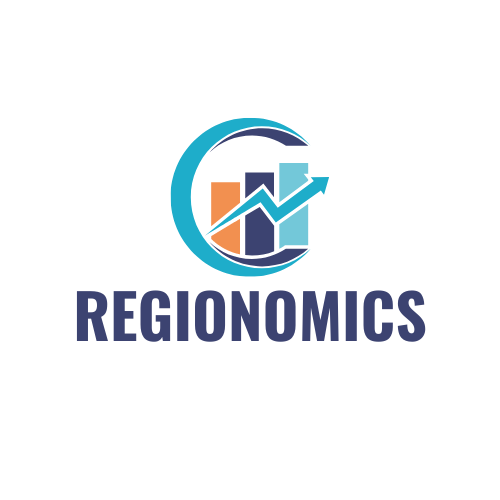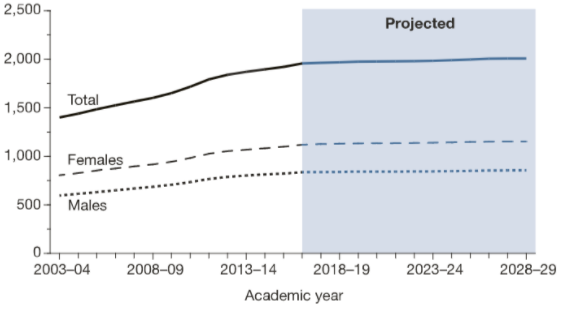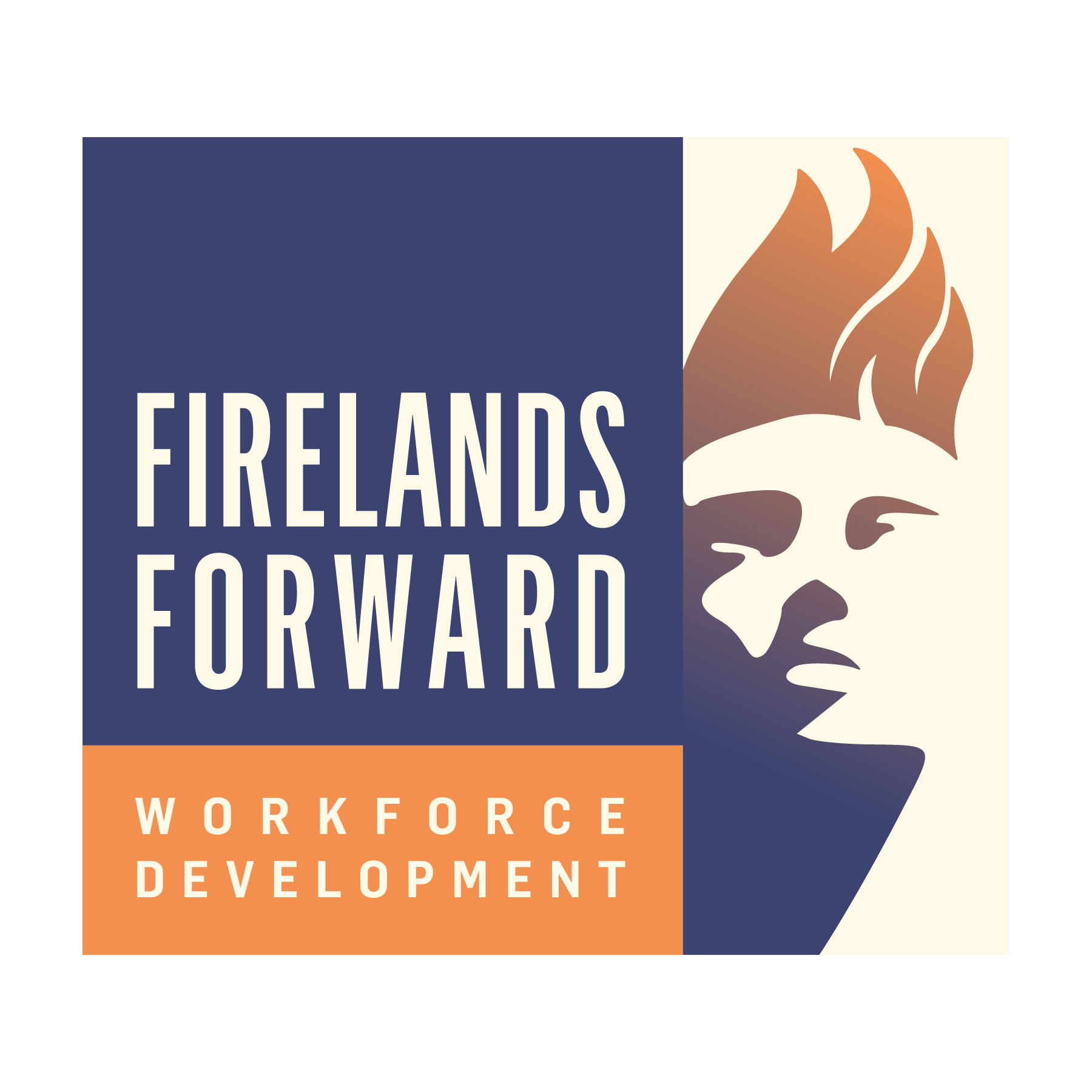
Businesses are having a harder time now filling employment requirements than they have in decades. As businesses try to come up with innovative solutions to address this phenomenon, it is important to consider education. Team Northeast Ohio (NEO) published a study in 2021 that projected that 65% of jobs would require post-secondary education. Many people define post-secondary education as a degree conferring program, however; that mindset is quickly shifting. The National Center for Education Statistics states that the number of students who graduated with their bachelor’s degree increased by 40 percent from 2003-2017. However, they only project that number to grow by 3% in the next decade. Why the sudden flattening of growth? One reason is that employers are seeing the utility in industry recognized credentialing and technical education. If the outcome is the skillset needed to complete the job, shouldn’t this be enough?

Dave:
Have you ever heard of the term “New-collar workers”? These are workers who do not have a four-year college degree, but instead have an Industry recognized credential that substantiates their required skillset. Regional unemployment is down to 4.6%. The Federal Reserve considers this full employment, accounting for those that are transitioning between jobs, unemployable workers, etc. Labor force participation is the challenge. There are several reasons for this. As the baby boomer generation ages, there are more retirees than ever before. However, the labor force is shrinking from both ends of the candle. Bloomberg reported that one in five adults, ages 20-24, were not only not working, but not looking for employment or to further their education. The Center for Economic and Policy Research defines this as the NEET rate (youth not in employment, education, or training). The 2021 NEET rate is up 740,000 young adults from 2020. If we want to address the labor force shortage, we must draw this demographic back into the workplace.
Nico
740,000 young adults! I mean wow I know I am not the only one shocked by that number. There is so much talent, productivity, and innovation just sitting there. Finding solutions to get these young adults to take part in the workforce is a top priority not just for Firelands Forward, which David is the Director of, but for organizations across the county. As it was said in the beginning, we know our employers are going to need at least 65% of our workforce to have a “post-secondary” education but that definition is changing. We all remember being told “go to college if you want a good job” well that turned out not to be the only way to get a good job in todays’ economy. In fact, some of the areas where we are seeing the largest labor shortages are found in industries that require a certification. These included Metal and Plastic Workers, Installation, Maintenance and Repair Occupations and Skilled Production workers. Granted, starting salaries may be lower but you’re also avoiding what now is the average of $32,731 of student debt and waiting 4 years to start making money.
Dave
I couldn’t agree more. We still need college graduates. Teachers, doctors, engineers, etc. are critical skillsets today. However, there is an enormous need for trade skills as well. The demand for electricians, plumbers, welders, concrete workers etc. is growing at an unprecedented rate. As more baby boomers retire, these skillsets have become harder and harder to fill. It is incredibly important to expose students, parents, and educators to regional opportunities and credentialing programs. As you stated, the average college debt is significant. There is some definite upside to starting in a career pathway that has a significant earning potential without the potential debt that comes with a college degree (or in some cases college attendance).
Nico
That’s why the work of Firelands Forward is so important. Identifying the trends and having these conversations with the people who play a role in the outcome. I have this conversation with so many businesses that are looking for workers, they say, “well we told a whole generation to go to college and now we are paying the price for doing it” and this is exactly it. We must have a balanced, data-driven approach to how we describe what the future could look like for these kids who are deciding what they want to do after high school. David, I think it’s time you shared a little bit about the Business Advisory Council.
Dave
Thanks Nico. The Business Advisory Council is a group of business and education leaders who come together to address some of these challenges. Businesses can articulate specific labor force challenges and best practices. Educators can also share best practices but also learn about the abundance of regional job opportunities and what credentials and skills they require. This allows us as a community to build a strategy and operationalize programming that helps students and graduates enter career fields with upward mobility and family sustaining wages. It also helps business leaders meet labor force demands. Fortunately, Erie, Huron, and Ottawa County work with NorthPoint which is only one of ten, three star rated Business Advisory Council’s in the State of Ohio.
Nico
This is why organizations like the Erie County Economic Development Corporation and Firelands Forward are so vital to local and regional communities. Without organizations like these, no one would be starting these conversations in a cohesive, collaborative way. We would have each institution doing its own thing without a singular strategy to maximize the impact of the collective. This Business Advisory Council will be the model for communities to come up with a strategy that matches the needs of their community.
David White, Director of Firelands Forward
Nico Samaniego, Business Development Coordinator at Erie County Economic Development Corporation
